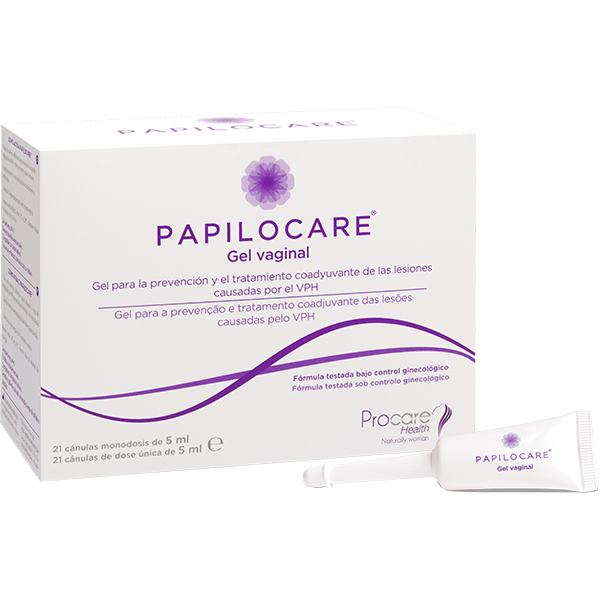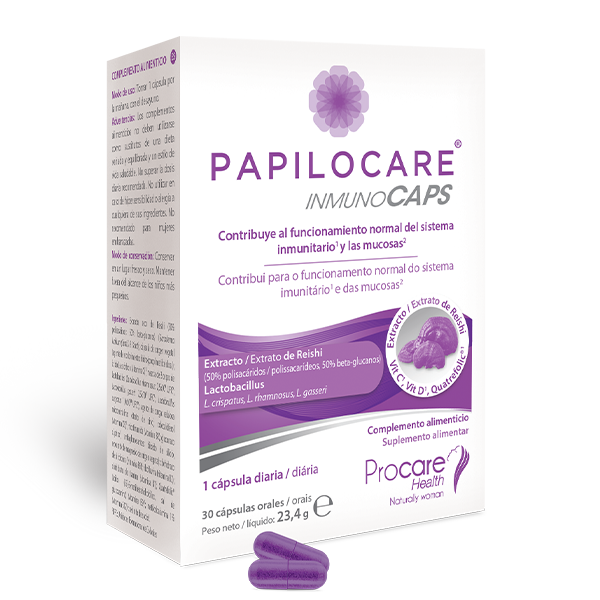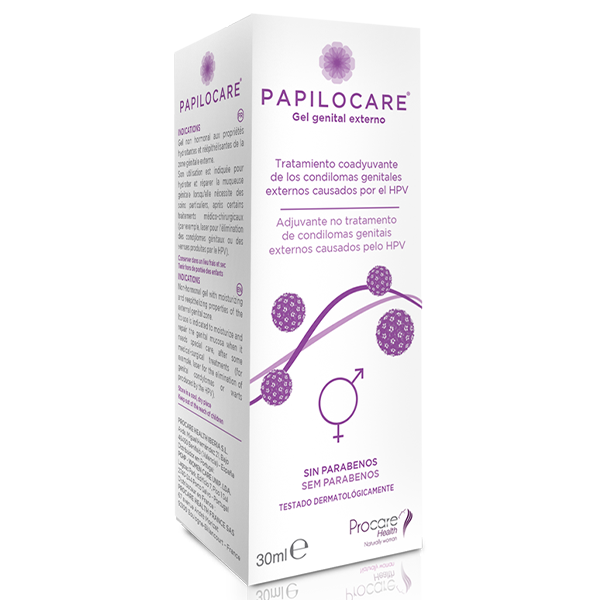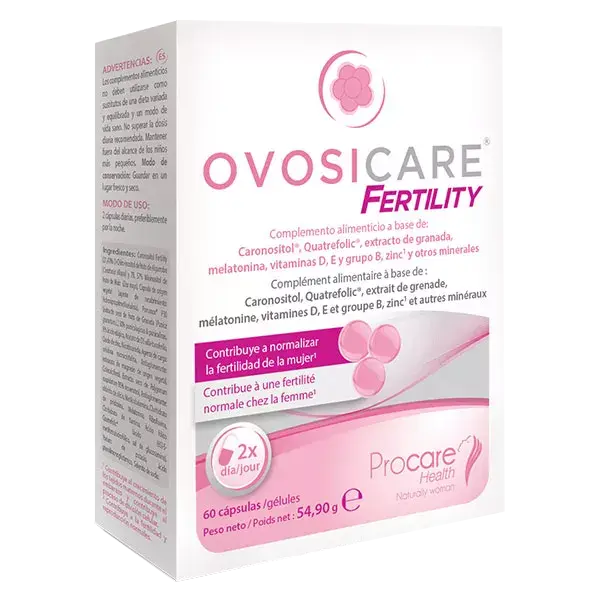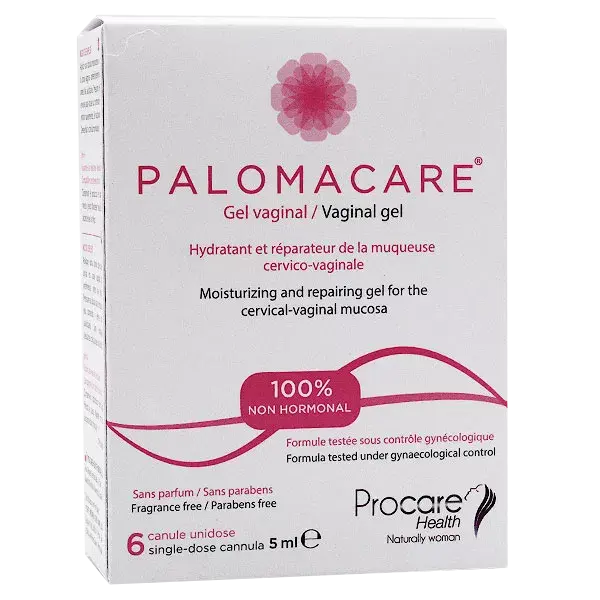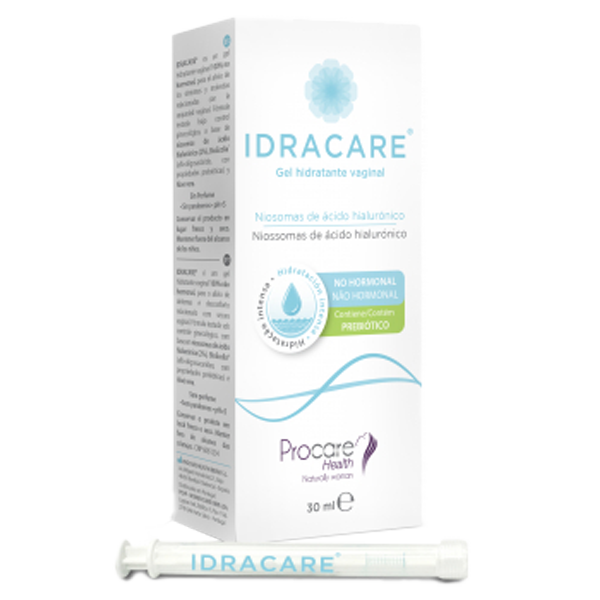How do I prevent vaginal infections? Understanding causes and treatment

Vaginal infections are very common, with approximately three quarters of women experiencing one at some point in their lives. In this article we discuss the main causes and natural treatments to restore vaginal health.
What is a healthy vaginal environment?
A healthy vagina contains a natural balance of bacteria known as the vaginal microbiota. This natural protective environment helps guard against infection by harmful bacteria and fungi. When this balance is disrupted – a condition known as dysbiosis – the vagina becomes more susceptible to infection.
What are the common causes of vaginal dysbiosis?
Several things can disrupt the balanced microbiota of a healthy vagina:
- Hormonal changes: A decrease in oestrogen levels due to contraceptive use, breastfeeding, or menopause can affect vaginal health.
- Antibiotic use: Oral or topical (local) antibiotics may kill off not only harmful bacteria but also beneficial ones, disrupting the microbiota.
- Cancer treatments and immunosuppressants: These therapies can compromise the body's ability to maintain a healthy vaginal environment.
- Hygiene habits: A slightly acidic pH in the vagina is healthy, protecting against harmful bacteria and yeast infections. Overwashing or using harsh cleansing products can disturb the vaginal pH and remove beneficial bacteria.
- Sexual activity: Semen increases the vaginal pH, which can reduce the body’s natural defences. Additionally, new or multiple sexual partners may introduce unfamiliar microbes.
- Lifestyle factors: Smoking, chronic stress, and lack of sleep can also harm vaginal health.
How are vaginal infections treated?
Effective treatment consists of two essential steps:
- Controlling the infection
- Restoring vaginal health
Unfortunately, doctors will often focus solely on the first step, meaning women often find the infection comes back.
Step 1: Controlling the infection
Your healthcare provider will determine the cause of the infection, ideally by taking a vaginal swab for laboratory analysis.
- Bacterial infections (bacterial vaginosis) are typically treated with antibiotics such as metronidazole or clindamycin, available as oral tablets or vaginal creams. A standard course lasts about 7 days.
- Fungal infections (e.g., Candida) are treated with antifungal medications. The most common is fluconazole, taken orally as a single dose. Note: fluconazole is not recommended during pregnancy. Over-the-counter antifungal creams such as clotrimazole (Canesten), miconazole (Monistat), or tioconazole are also available as both creams and pessaries.
Step 2: Restoring Vaginal Health
This step is crucial but often overlooked. Vaginal dysbiosis not only contributes to infection but can also be worsened by treatments like antibiotics. Once the infection is resolved, it’s a good idea to take action to restore a healthy vaginal environment.
What you need to do will depend on your personal risk factors, but the following general recommendations may help. Always consult your healthcare provider for a personalised approach:
- Use products that support a healthy vaginal microbiota. These include vaginal gels or creams (such as Palomacare®) and oral probiotics.
- If you were on antibiotics, do this immediately after completing the treatment as your vaginal microbiota will have been disturbed.
- If you are on anti-fungal treatment, the treatment itself is unlikely to harm the vaginal microbiota. However, the fact that you have a fungal infection shows that your vaginal microbiota is likely to be disturbed. Therefore, you will probably benefit from a treatment to restore your vaginal health.
- If you are on medications such as anti-cancer drugs or immunosuppressants that continuously affect vaginal flora, you can consider ongoing use of pro-vaginal health products.
- Improve hormone regulation. If your main issue is low oestrogen levels, you should consult your doctor for a treatment that can directly address this issue, in addition to supportive treatment for the vaginal microbiota. Choices include hormone replacement therapy (HRT), food supplements and diet changes.
- Adjust personal hygiene practices, including avoiding washing more than necessary, and choice of products.
- Address lifestyle factors such as stress, sleep, and smoking.
About Palomacare®
Palomacare® is a non-hormonal vaginal gel designed to help restore vaginal health. It works in three ways:
- Restores vaginal microbiota with BioEcolia®, a prebiotic (a nutrient to feed bacteria) that nourishes beneficial bacteria.
- Repairs vaginal tissue and mucosa with natural ingredients:
- Aloe vera
- Centella asiatica (used in traditional Ayurvedic medicine)
- Beta-glucan (supports tissue regeneration)
- Improves hydration and elasticity with hyaluronic acid
Centella asiatica, beta-glucan and hyaluronic acid are delivered via nano-capsules to penetrate deeply into the issues that line the vagina so it has the greatest beneficial effect.
Usage instructions:
- Use one single-use tube per day for the first 6 days.
- Then, use one tube every other day for the following 24 days.
- Typically used for 30 days. Can be used for a longer period. Consult your clinician.
Palomacare® is a product made by Procare Health, one of Europe’s leading manufacturers of health products for women. Procare Health was founded by two scientists from a global pharmaceutical company who had a vision of creating effective natural products to support women’s health.
Palomacare® has been widely used by women across Europe since 2015 and has not had any major safety issues. However, very rarely, some women may experience irritation or allergic reaction to the gel. In many cases, this goes away after a few days of continued use. However, if the reaction is severe, the manufacturer recommends stopping the treatment and seeing your doctor.
Where to find Palomacare® in the UK
Palomacare® is now available in the UK on our website, as well as high street pharmacies.
- A box of 6 tubes costs approximately £17–£20.
- A full 30-day course (3 boxes) costs around £47–£60.
Find out more about Palmocare®, including answers to your most common questions.
Social
Sign up to receive our newsletter and a welcome discount code:
Disclaimer: Information on this website is provided for informational purposes only and not intended as a substitute for the advice provided by your physician or other healthcare professional. You should not use the information on this website for diagnosing or treating a health problem or disease, or prescribing any medication or other treatment. For medical advice, diagnosis and prescription, please consult a healthcare professional. More Information >
Disclaimer: Information on this website is provided for informational purposes only and not intended as a substitute for the advice provided by your physician or other healthcare professional. You should not use the information on this website for diagnosing or treating a health problem or disease, or prescribing any medication or other treatment. For medical advice, diagnosis and prescription, please consult a healthcare professional.
© LivBio Limited 2024 All Rights Reserved.
